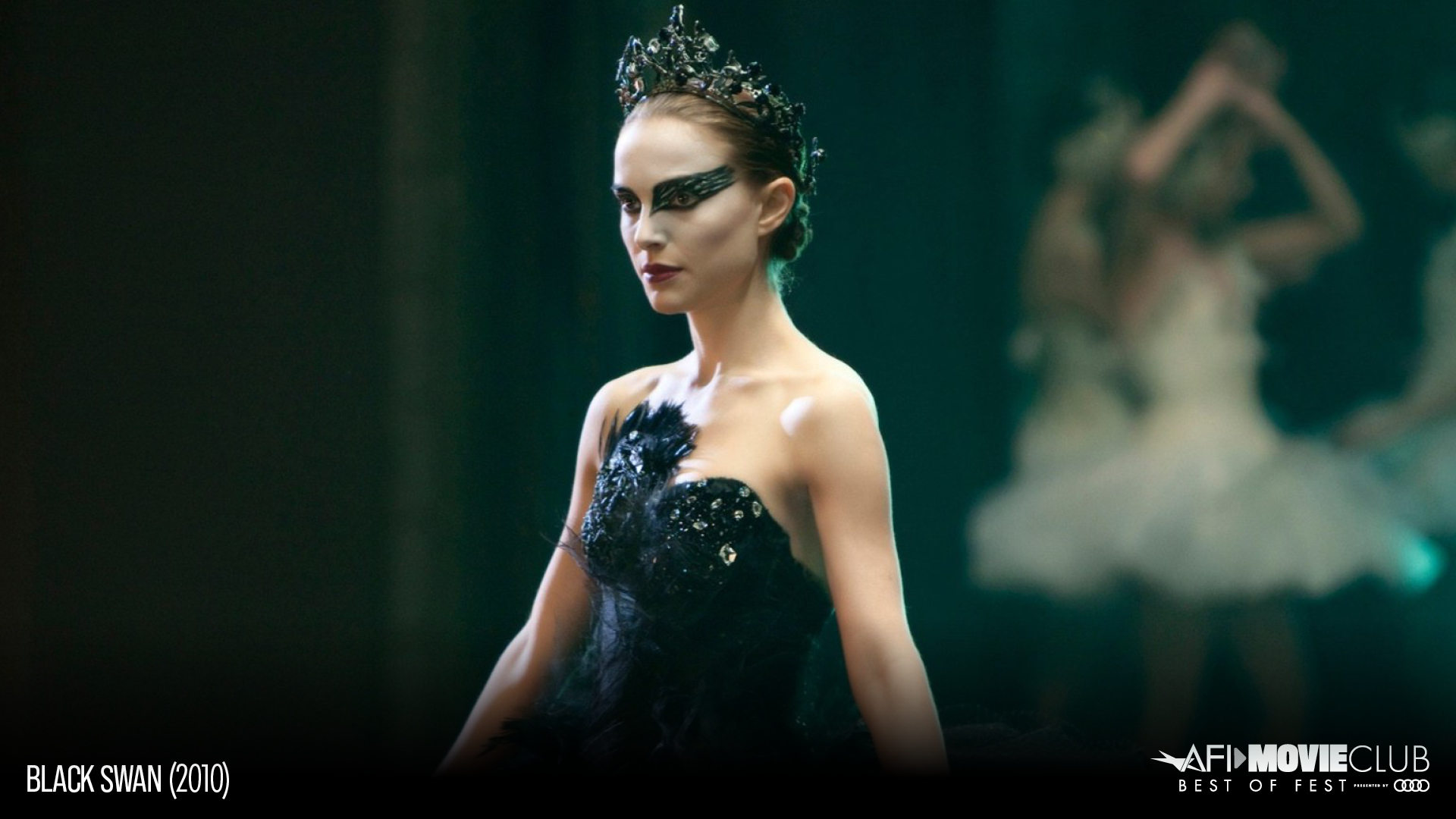Frame Analysis

Psychological Realism: Libatique used handheld cameras and close-up framing to create an intimate, claustrophobic feel that mirrors Nina's psychological state. The 16mm format adds grain and texture that enhances the film's raw, visceral quality.
Mirror Symbolism: Extensive use of mirrors and reflective surfaces to explore Nina's fractured psyche. Libatique carefully composed shots to show multiple reflections, creating visual confusion that matches the character's mental state.
Color Psychology: Deliberate color palette progression from whites and pinks (innocence) to blacks and reds (corruption). Lighting design supports Nina's transformation from White Swan to Black Swan.
Handheld Intimacy: Libatique operated most handheld shots himself, staying extremely close to Natalie Portman to create voyeuristic intensity. Camera movements follow Nina's emotional state - stable when calm, erratic during psychological breaks.
Rehearsal Documentation: Used Canon 5D DSLR to record all dance rehearsals, studying every movement to plan camera choreography. This preparation allowed seamless integration of camera and dance performance.
Practical Lighting: Relied heavily on practical sources and available light to maintain naturalistic feel. Used minimal artificial lighting to preserve the documentary-style authenticity of the dance world.
16mm Workflow: Shot on 16mm and blown up to 35mm for theatrical release via 2K DI. The grain structure and slightly degraded image quality were intentional aesthetic choices.
Anamorphic Composition: Used Hawk anamorphic lenses to create the 2.39:1 aspect ratio, allowing for more horizontal composition space during dance sequences.
DSLR Integration: Canon 5D and 7D cameras used for subway scenes and tight spaces where larger cameras couldn't fit, maintaining visual consistency through careful color matching in post.
